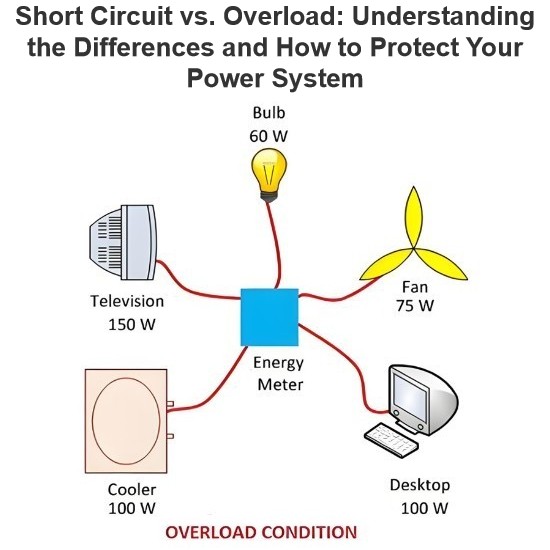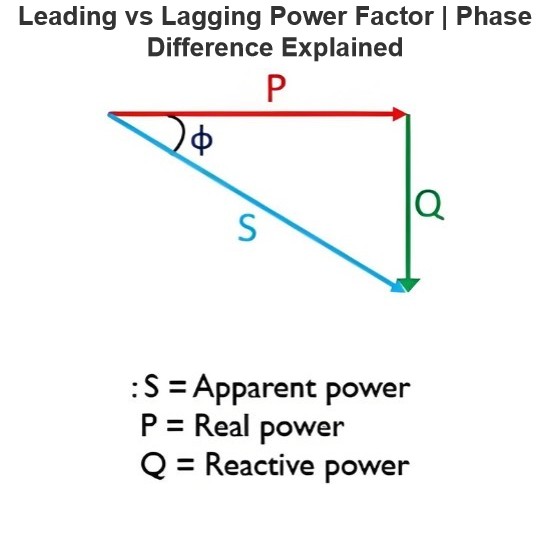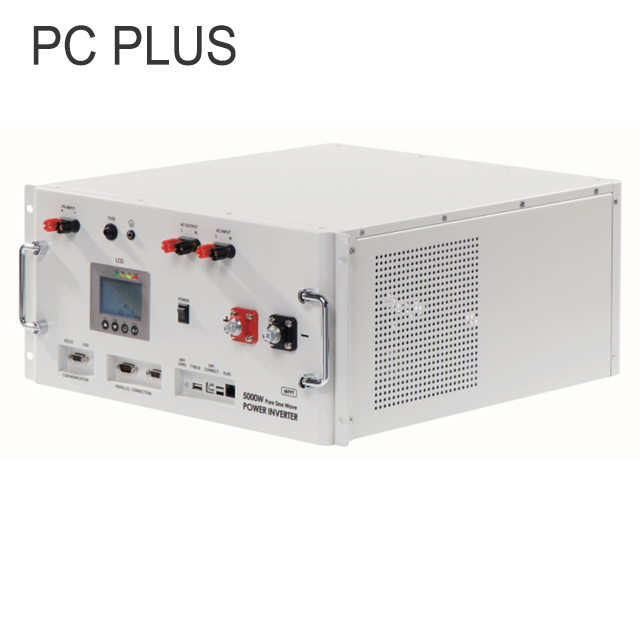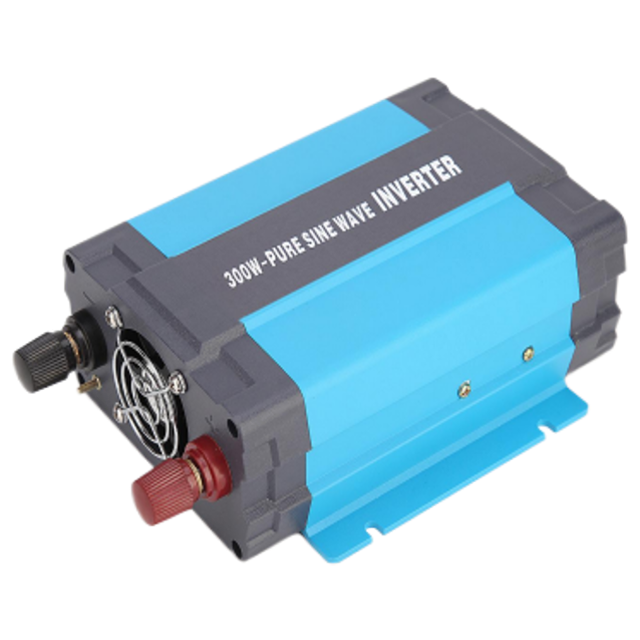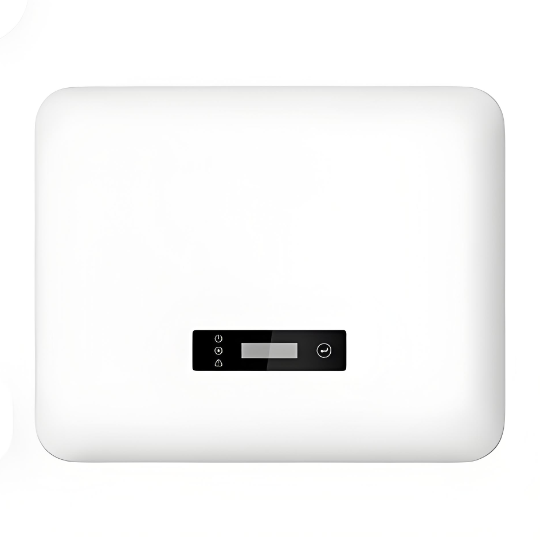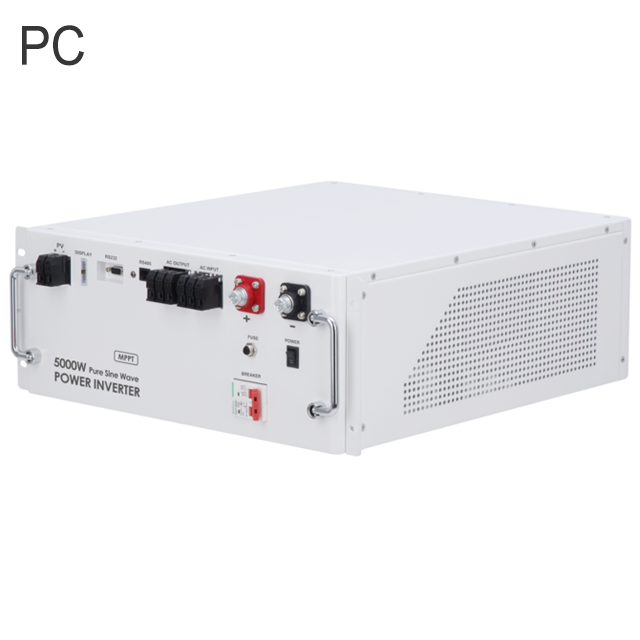Safety Systems to Prevent Grid-Tied Inverters from Supplying Power During Grid Outages
To prevent grid-tied inverters from continuing to supply power to the grid during outages, several safety systems and mechanisms are typically employed. These measures not only protect the stability and safety of the grid but also ensure the safety of maintenance personnel and other users. Below are some common safety systems and mechanisms:
1. Anti-Islanding Protection
Anti-islanding protection is a critical technology to prevent grid-tied inverters from supplying power when the grid is down.
Working Principle: When the grid experiences an outage, anti-islanding protection detects changes in grid voltage or frequency and quickly disconnects the inverter from the grid to prevent it from continuing to supply power.
Implementation Methods:
Active Detection Methods: By injecting small disturbance signals (such as frequency or voltage perturbations) into the grid, these disturbances are absorbed if the grid is operating normally. However, if the grid goes down, the disturbance signals cause noticeable voltage or frequency changes, triggering the inverter to disconnect.
Passive Detection Methods: Monitoring parameters such as grid voltage and frequency, and immediately disconnecting the inverter if values exceed predefined ranges (e.g., overvoltage, undervoltage, abnormal frequency).
2. Relay Protection Devices
Relay protection devices monitor the status of the grid and rapidly disconnect the inverter from the grid upon detecting anomalies.
Voltage Relays: Monitor grid voltage and automatically disconnect the inverter if the voltage exceeds normal ranges (too high or too low).
Frequency Relays: Monitor grid frequency and automatically disconnect the inverter if the frequency falls outside acceptable limits (too high or too low).
Phase Detection Relays: Monitor phase changes in the grid to ensure the inverter remains synchronized with the grid. If phase synchronization is lost, the inverter is immediately disconnected.
3. Fast Acting Circuit Breakers
Fast acting circuit breakers are devices capable of responding to grid status changes within milliseconds.
Working Principle: When a grid fault or outage occurs, fast acting circuit breakers can quickly cut off the electrical connection between the inverter and the grid, preventing the inverter from continuing to supply power.
Application Scenarios: Widely used in large photovoltaic power plants, wind farms, and other distributed power generation systems to ensure rapid isolation of power sources during grid faults.
4. DC Side Circuit Breakers
DC side circuit breakers control the DC power input to the inverter.
Function: In addition to disconnecting the AC side connection, cutting off the DC side power source can completely stop the operation of the inverter when the grid is down.
Application Scenarios: Primarily used in photovoltaic system inverters to ensure that DC power generated by solar panels does not continue to be supplied to the inverter during grid outages.
5. Smart Monitoring Systems
Smart monitoring systems provide automated control and warning functions by real-time monitoring of grid status and inverter operation.
Remote Monitoring: Using sensors and communication modules to monitor parameters such as grid voltage, frequency, and power, transmitting data to a central control system for analysis.
Automatic Disconnection: Upon detecting grid outages or other anomalies, smart monitoring systems can automatically issue commands to disconnect the inverter from the grid.
Data Recording and Analysis: Recording historical data of the grid and inverter operations for subsequent analysis and optimization of system operation strategies.
6. Ground Fault Protection
Ground fault protection detects grounding faults in the grid-tied inverter system to ensure no dangerous current leakage occurs during grid outages.
Working Principle: By monitoring ground currents in the system, once abnormal ground currents (such as short circuits or leakage) are detected, the inverter is immediately disconnected from the grid.
Application Scenarios: Applicable to various types of grid-tied inverter systems, especially in environments prone to moisture or lightning strikes.
7. Bidirectional Energy Management System
Bidirectional energy management systems coordinate the flow of energy between grid-tied inverters and energy storage systems.
Working Principle: During grid outages, the system can automatically switch to off-grid mode, storing excess power in batteries or other energy storage devices instead of continuing to supply power to the grid.
Application Scenarios: Widely used in hybrid energy systems (such as PV + storage systems) to ensure autonomous operation without affecting the grid during outages.
8. Manual Disconnect Switches
Manual disconnect switches are physical switches that allow operators to manually disconnect the inverter from the grid in emergencies.
Application Scenarios: Although most modern inverters are equipped with automatic disconnection features, manual disconnect switches provide additional safety in certain special situations (such as maintenance or emergencies).
Summary
To prevent grid-tied inverters from continuing to supply power to the grid during outages, multiple safety systems and mechanisms are often combined, including anti-islanding protection, relay protection devices, fast acting circuit breakers, DC side circuit breakers, smart monitoring systems, ground fault protection, bidirectional energy management systems, and manual disconnect switches. These measures work together to ensure the safety, reliability, and stability of the grid.




















